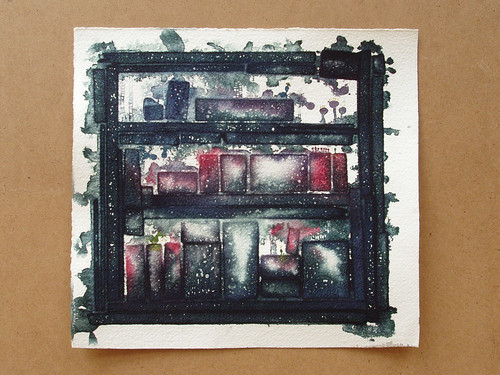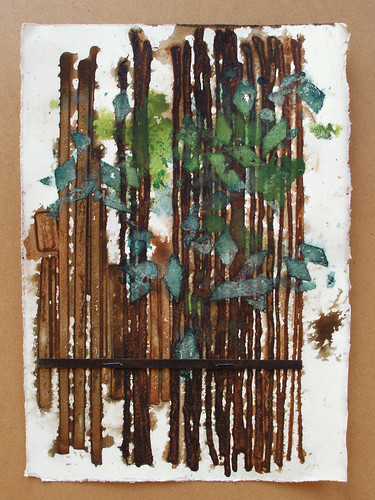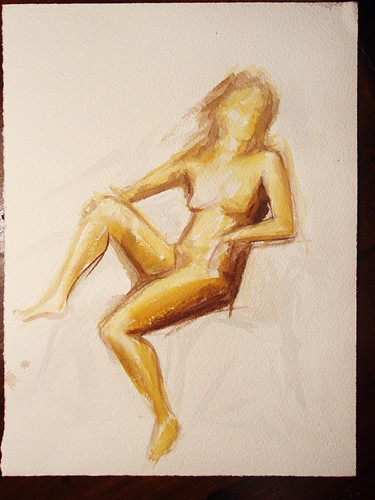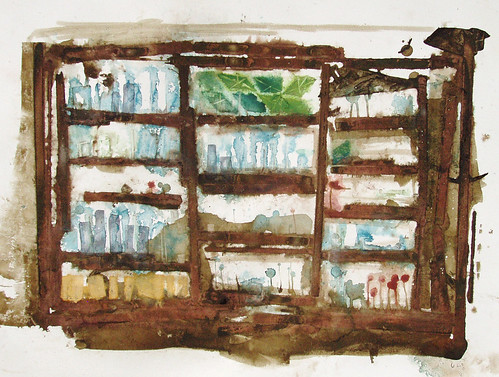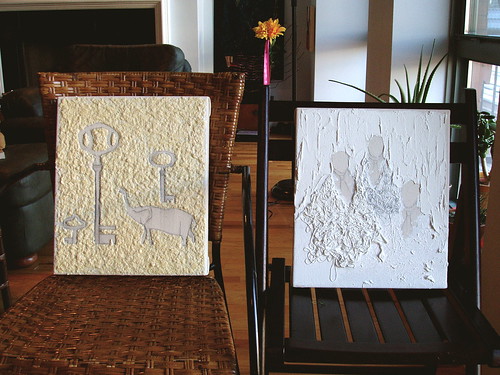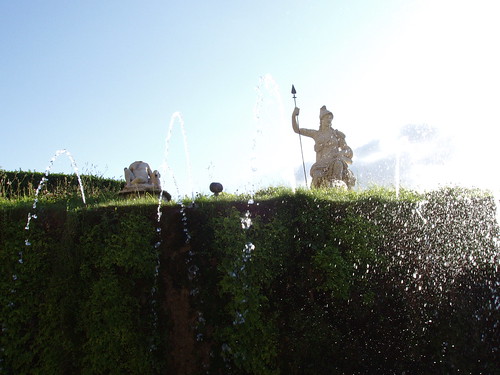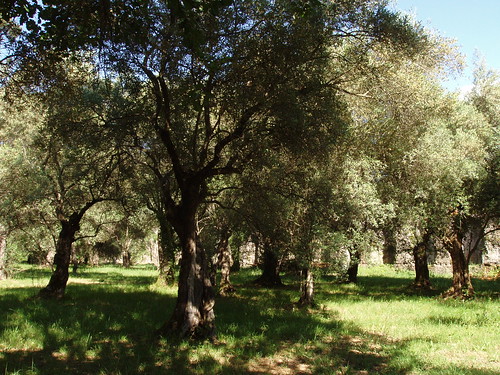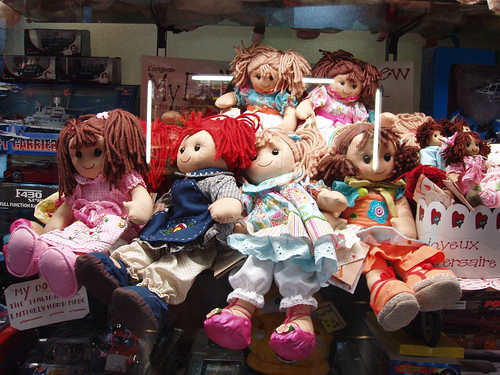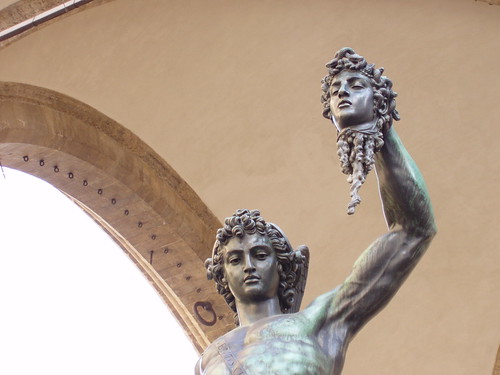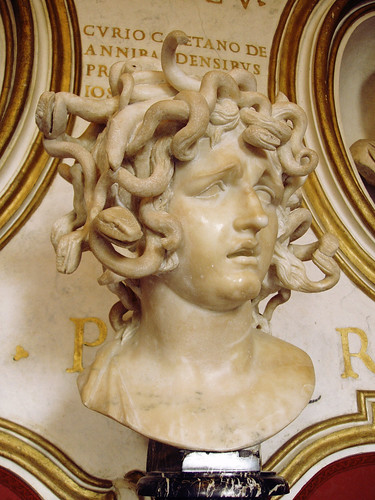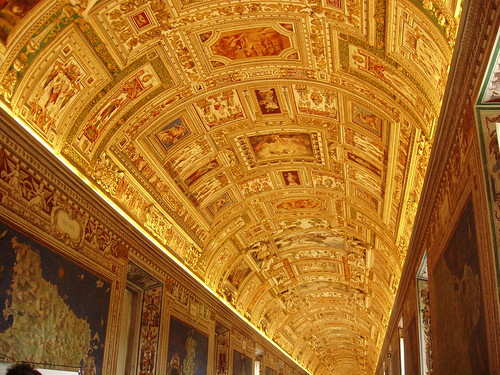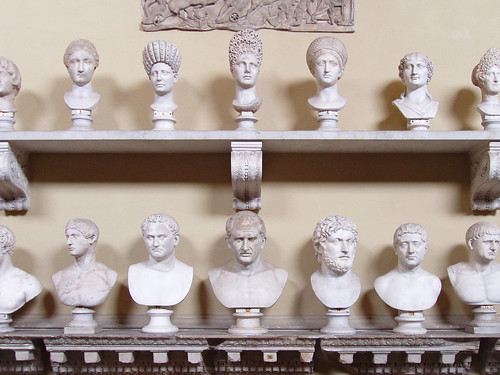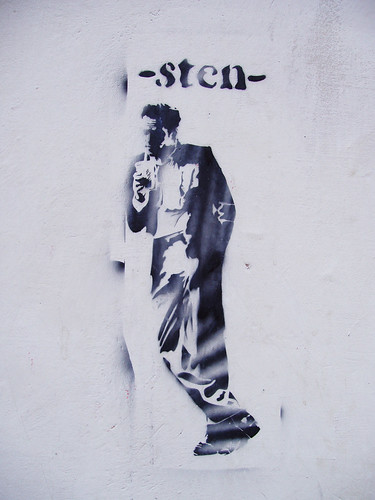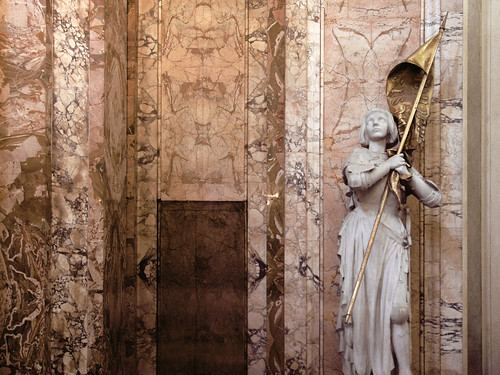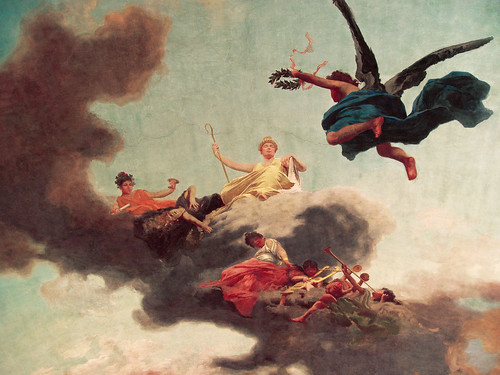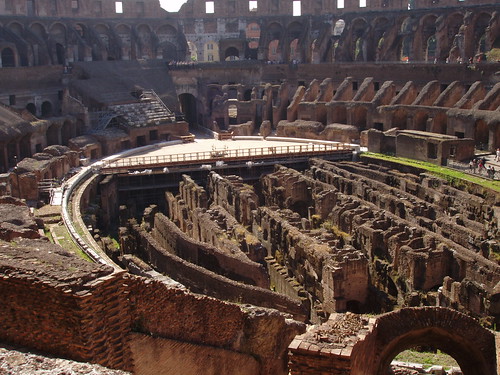June 26, 2007
June 25, 2007
World One Level One
"Computer games don't affect kids; I mean if Pac-Man affected us as kids, we'd all be running around in darkened rooms, munching magic pills and listening to repetitive electronic music."
— Marcus Brigstocke
June 23, 2007
June 17, 2007
June 11, 2007
June 2, 2007
TRAVEL PHOTOS: Public Statue
Information from Encyclopedia Mythica:
One of the Gorgons, and the only one who was mortal. Her gaze could turn whoever she looked upon to stone. There is a particular myth in which Medusa was originally a beautiful maiden. She desecrated Athena's temple by lying there with Poseidon. Outraged, Athena turned Medusa's hair into living snakes.
Medusa was killed by the hero Perseus with the help of Athena and Hermes. He killed her by cutting of her head and gave it to Athena, who placed it in the center of her Aegis, which she wore over her breastplate.
From Medusa's dead body the giant Chrysaor and the winged horse Pegasus, her son by Poseidon, sprang forth.
TRAVEL PHOTOS: Museum Guard at Capitoline
Statue of Boy Removing Thorn From Foot
Interesting information from this website.
It is recorded in Rome as early as the 12th century and during the Renaissance it was one of the most influential of ancient sculptures. Among the many copies that were made of it was a statuette by Antico for Isabella d'Este. Its fame endured and it was one of the ancient works taken by Napoleon to Paris, where it remained from 1798 to 1815. Various stories grew up from the Renaissance onwards to explain the subject, the most popular being that the statue commemorates a shepherd boy called Martius who delivered an important message to the Roman Senate and only when his task was accomplished stopped to remove a thorn from his foot. It is now generally thought that the Spinario is a Roman pastiche of about the 1st century BC, combining a Hellenistic body with a head of earlier date (the way in which the hair falls indicates that the head was meant to be in an upright position rather than looking down).
TRAVEL PHOTOS: Colosseum
To get a sense of the scale, notice the people standing in the middle of the right edge of the frame.


